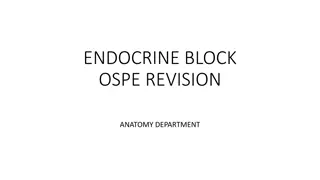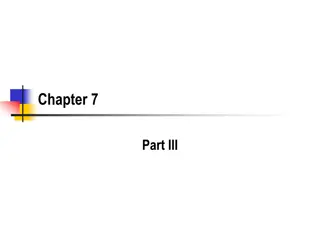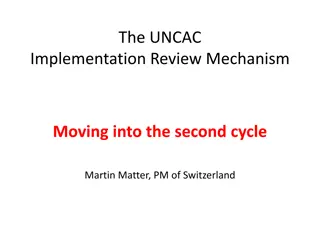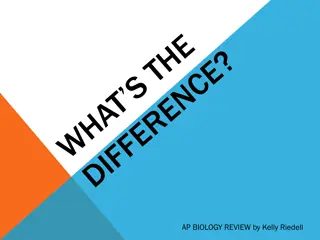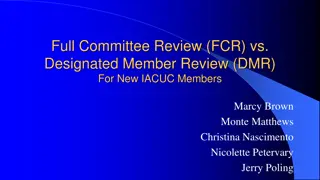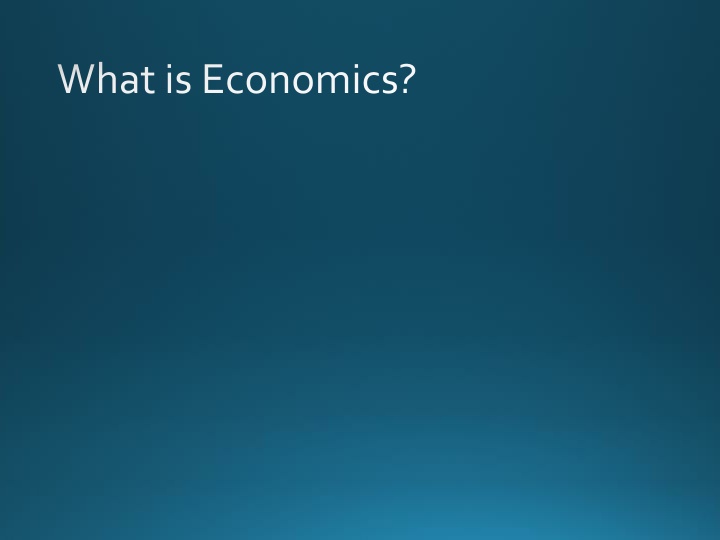
Economics: Concepts of Scarcity, Needs, Wants, and Utility
Explore the fundamental concepts of economics such as scarcity, needs, wants, and utility. Economics studies how individuals make choices to satisfy their unlimited wants with limited resources. Discover the paradox of value and learn about marginal utility in consumer decision-making.
Download Presentation

Please find below an Image/Link to download the presentation.
The content on the website is provided AS IS for your information and personal use only. It may not be sold, licensed, or shared on other websites without obtaining consent from the author. If you encounter any issues during the download, it is possible that the publisher has removed the file from their server.
You are allowed to download the files provided on this website for personal or commercial use, subject to the condition that they are used lawfully. All files are the property of their respective owners.
The content on the website is provided AS IS for your information and personal use only. It may not be sold, licensed, or shared on other websites without obtaining consent from the author.
E N D
Presentation Transcript
What is Economics? The study of how people seek to satisfy their needs and wants by making choices
Relationship between Economics and Scarcity
What is Scarcity? Economic situation where there are limitedquantities of resources to meet unlimitedwants and needs.
What is a Shortage? Economic situation in which a good or service(quantity) supplied is lessthan the quantity demanded at a given price.
What are needs? Things NECESSARYfor survival
What are wants? Things we desire but are NOT ESSENTIALto survival
What is the Paradox of Value? Apparent contradiction between the high value of a nonessential item and the low value of an essential item
Marginal Utility is the additional satisfaction a consumer gains from consuming one more unit of a good or service. Marginal utility is an important economic concept because economists use it to determine how much of an item a consumer will buy. Positive marginal utility is when the consumption of an additional item increases the total utility. Negative marginal utility is when the consumption of an additional item decreases the total utility.
What is Opportunity Cost? Cost of the next best alternative use of money, time, or resources when one choice is made rather than the other.
What is Trade offs? Trade offs is defined as the alternativethat you must give up when your choice is madeover the other.
Factors of Production Land Labor Capital Entrepreneurs Remember these! You will hear them a lot this semester!
Land Natural resources (land, coal, water, forests, etc.)
Labor The effort people devoteto a task for which they are paid
Capital Physical: Human made objects used to create other goods and services
Entrepreneurs (Risk Takers) Ambitious leaders who combine land, labor, and capital to create and market new goods and services. (Shark Tank)
Production Possibilities Curves A curvedepicting all maximum outputpossibilitiesfor two goods, given a set of inputs consisting of resources and other factors.
Al's Coffee Shop! 50 Coffee 50 Tea
Al's Coffee Shop! 50 Coffee 50 Tea
Efficiency Efficiencymeans using resources in such a way as to maximize the production of goods and services. An economy producing output levels on the production possibilities frontieris operating efficiently.
Al's Coffee Shop! 50 Coffee 50 Tea
Growth Growth If more resources become available, or if technology improves, an economy can increase its level of output and grow. When this happens, the entire production possibilities curve shifts to the right.
Al's Coffee Shop! 50 Coffee 50 Tea













